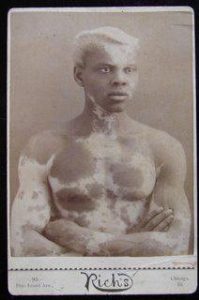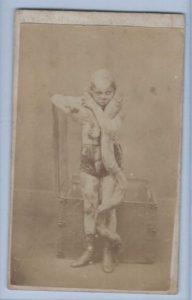So who is William Galloway Russell or William Russell Galloway?
William Russell arrived in Sydney on the 11th of March 1833. William and two other men William Russell Galloway Snr and Richard Fulmer Paice had been sentenced to 7 years Transportation in the Surrey Quarter Session of 3rd of July 1832. The early records show their crime as stealing fixtures, later that crime was described as stealing timber.
William Galloway Russell Snr and Richard Fulmer Paice were sent to Van Diemen’s Land and arrived on the Enchantress on the 31st of July 1833. On the 30th of April 1848, William Galloway Russell Snr received permission to marry Elizabeth McLaren who had arrived free on the Navarino. Their marriage was registered on the 10th of June 1848. Elizabeth was 38 and William was 35. William had spent a number of years in the convict system and his record showed that he was not always an exemplary convict.
William Galloway Russell aka Russell William Gullaway was a regular low-level offender during his time as a convict. His behaviour report includes charges of being “drunk and disorderly” on a number of occasions. William was also charged with making “frivolous and impertinent” remarks about his master, for which he received 50 lashes. Further “drunk and disorderly” charges resulted in William spending time on road gangs. William also incited some of this Masters servants to be rude to him and make “gross and violent threats”. At this point, is seems that William was returned to the Government to then be moved to a more remote part of the Island. After this removal, there are no further negative entries in William’s behaviour record. One wonders if the issue may not have been as much the Master as the Convict. However, by 1839 William did indeed receive his certificate of freedom[i].
Richard Fulmer Paice was leaving behind a wife, Celia, and two children when he was transported to Australia[ii]. Paice was a large man, over six foot, with brown eyes and brown whiskers. At the time he arrived in Australia he 30 years of age, considerably older than the two William Galloway Russell’s that he was transported with.[iii] Richard Paices’ conduct records do not show any incidents of poor conduct and there is, at this stage, no evidence that he married in Australia, or of where, or if he died in Australia. However, Richard did receive his Ticket of Leave and was still in Van Diemans land in 1841[iv]
William Galloway Russell Jnr, from now on just called William Russell, sailed from Portsmouth on the 13th of November 1832 and arrived in Australia four months before the other two that were sentenced with him, on the 11th of March 1833.[v] Once the Andromeda arrived, William, along with the other convicts aboard ship marched to Hyde Park Barracks on the 13th of March. [vi] William would have remained at the Hyde Park Barracks for some period and then been assigned to a “Master.” It is unknown at this stage if William was assigned to multiple people or his first assignment was the last one he went to. However, at some stage, William Russell was assigned to James Whalan and went to live in the Bathurst area on James Whalan’s property according to the 1837 Convict Muster. [vii]
James Whalan lived on a property called Ginkin in NSW. [viii] James Whalans property was near Bathurst and had strong links with that community. James was also linked to Fish River and Oberon with his brother living on a farm in an area that is now known as Oberon. James and Charles Whalan are credited with the discovery of the Jenolan Caves. (WHALAN, James (1806-1854), n.d.) Although James Whalan’s property is south of Bathurst on the 1837 Muster William is noted as being assigned to James Whalan in Bathurst.[ix]
By the 3rd of July 1841, William Russell had received his Ticket of Freedom. At the time he was described as five foot five and a quarter inches, ruddy and freckled with brown hair and grey eyes. He had a mole on his right cheek, another mole on the inner corner of his right eye, two moles on his left cheek. He had one small raised mole near his right elbow and had a large scar on his right leg.[x]
Are you Our William Russell? Part 1
[i] (Conduct Record CON31/1/16, n.d.)
[ii] (CON27/1/6 01 Jan 1822- 31 Dec 1833 Z2040 CON27 APPROPRIATION LISTS OF CONVICTS., n.d.)
[iii] (Tasmania, 2016)
[iv] (New South Wales and Tasmania, Australia Convict Musters, 1806-1849 [database on-line]. , 2007)
[v] (Australian Joint Copying Project)
[vi] (Advertising. They Sydney Herald (NSW: 1831-1842) p. 3, 1833)
[vii] (Person ID: U#11072220101)
[viii] (WHALAN, James (1806-1854), n.d.)
[ix] (Person ID: U#11072220101)
[x] (New South Wales, Australia, Certificates of Freedom, 1810-1814, 1827-1867, n.d.)



